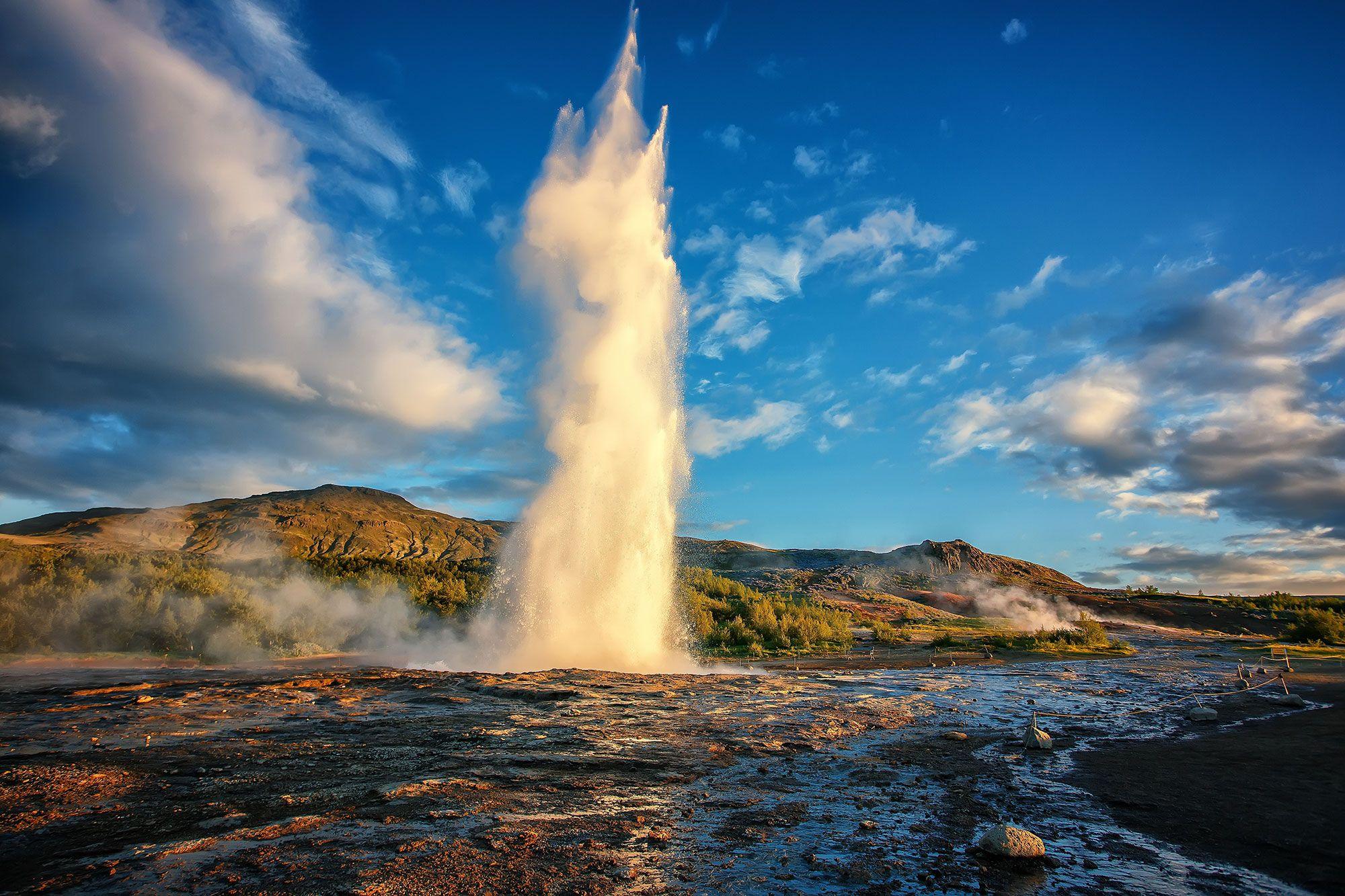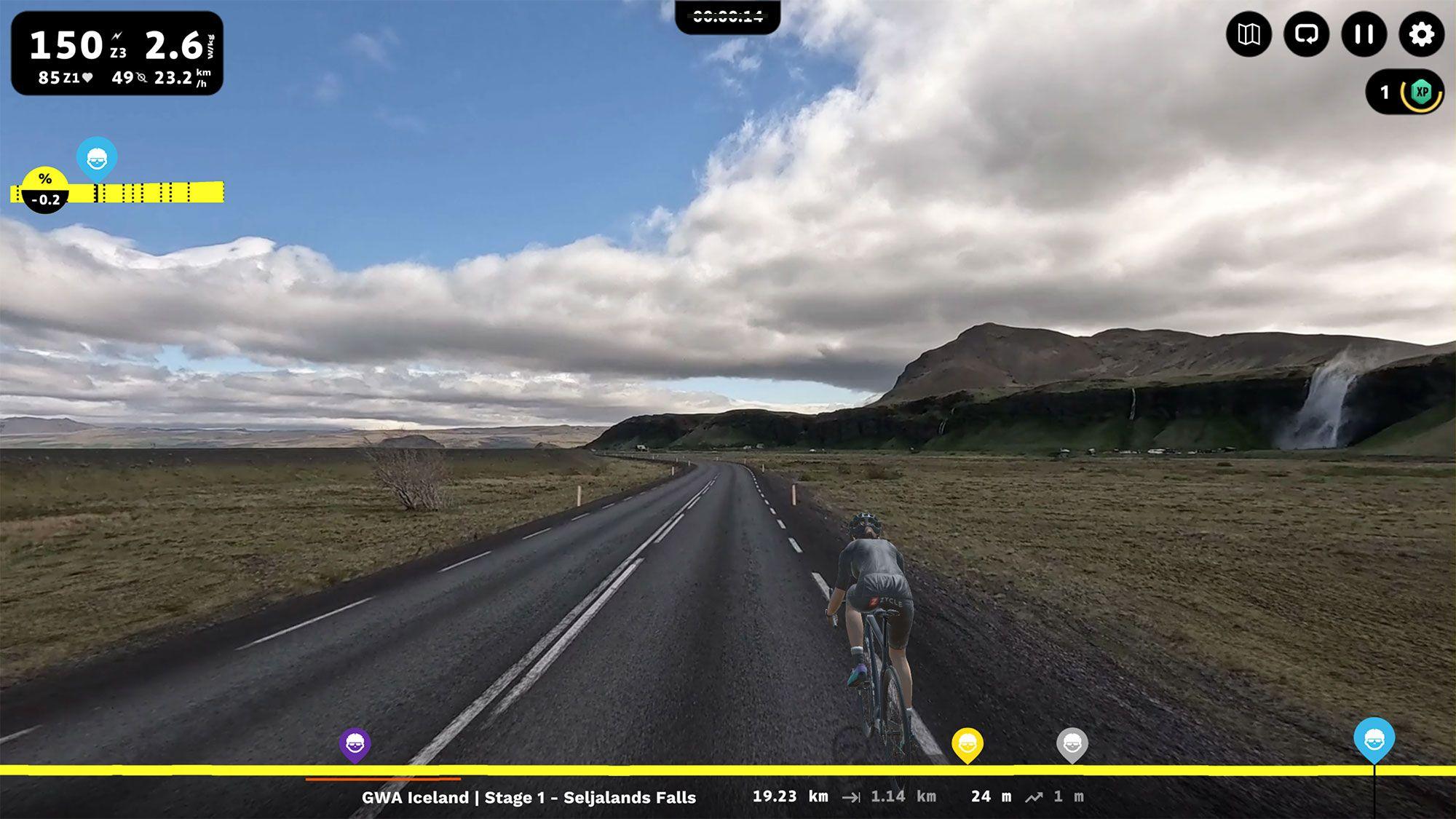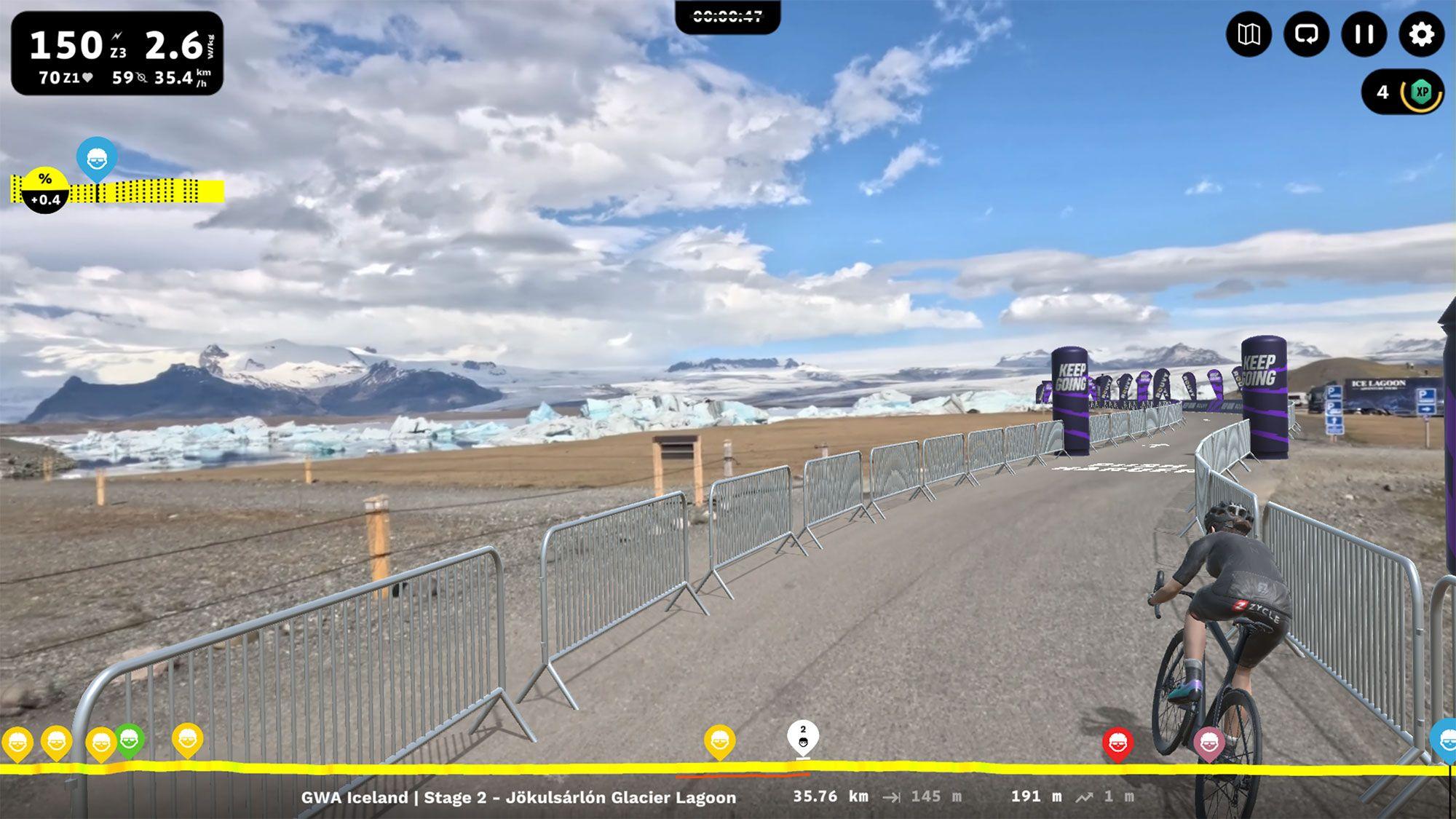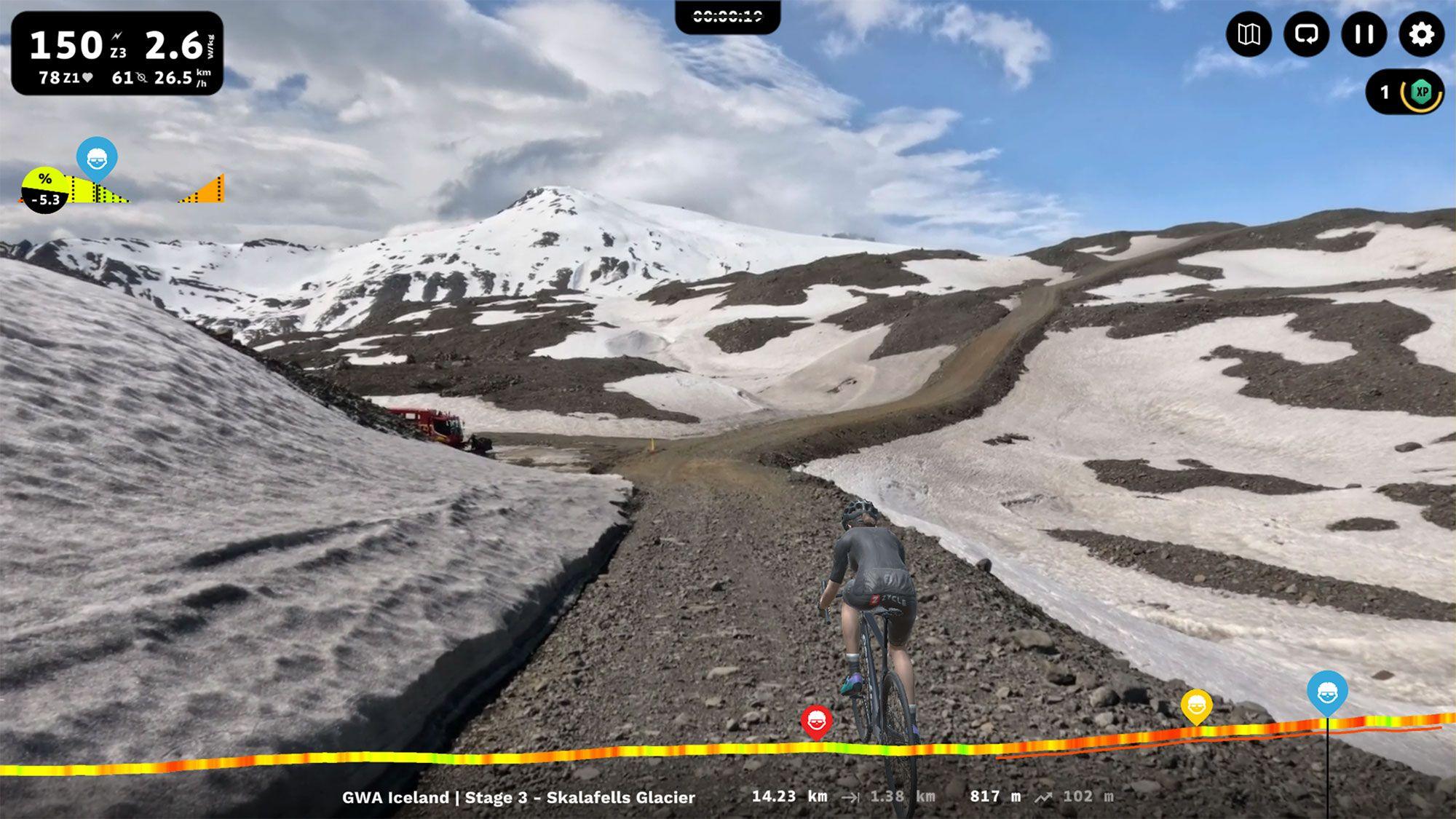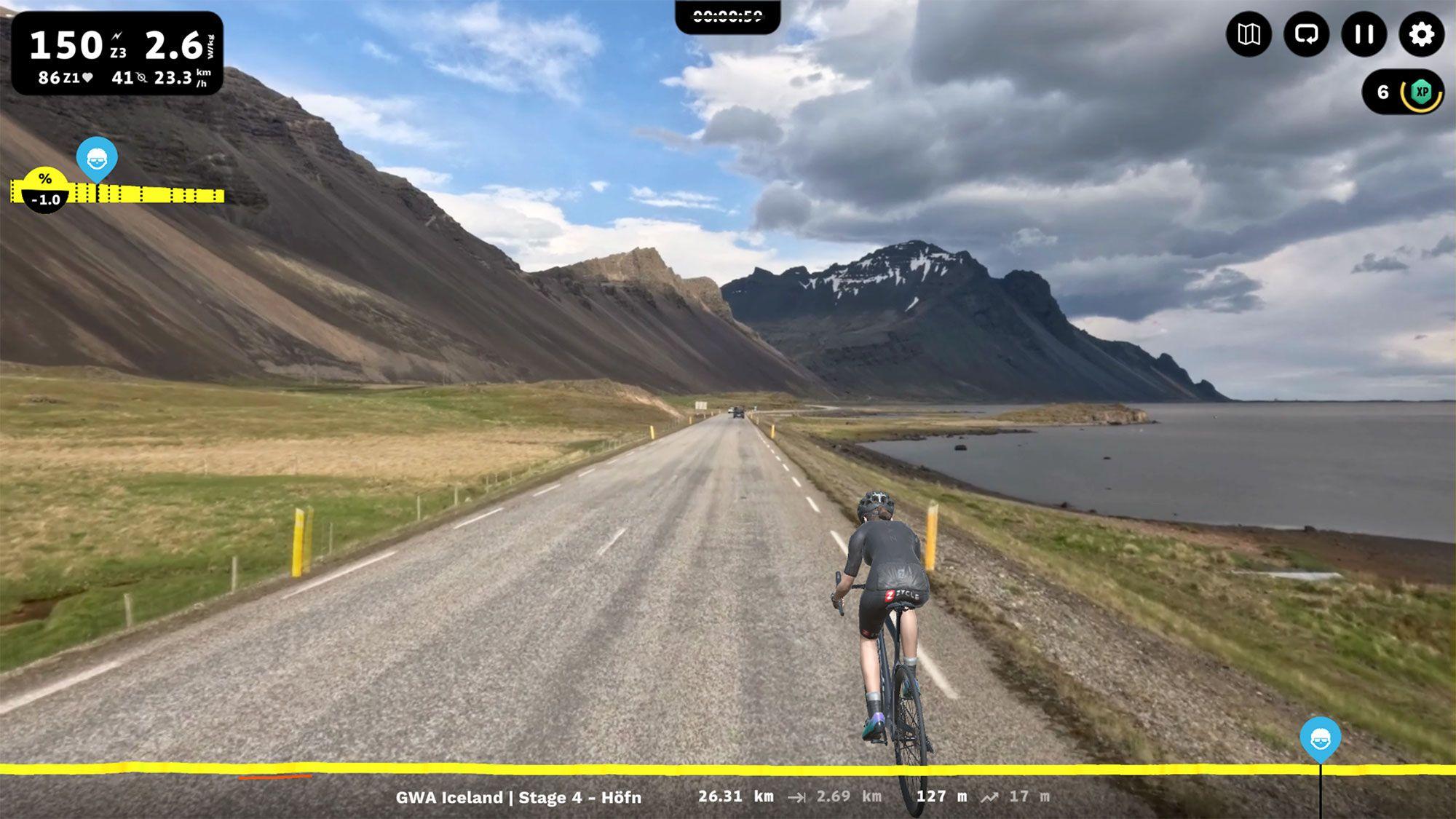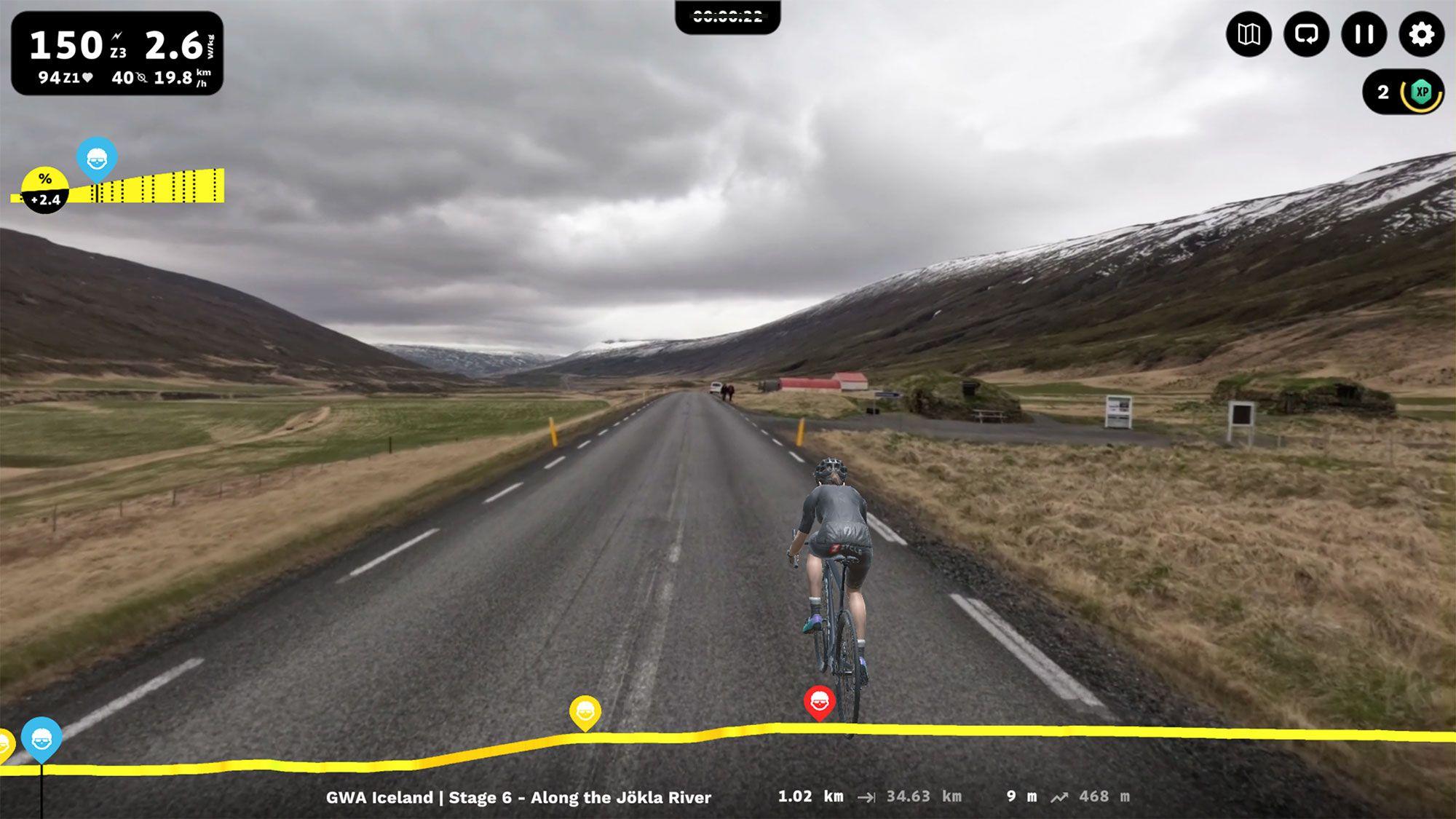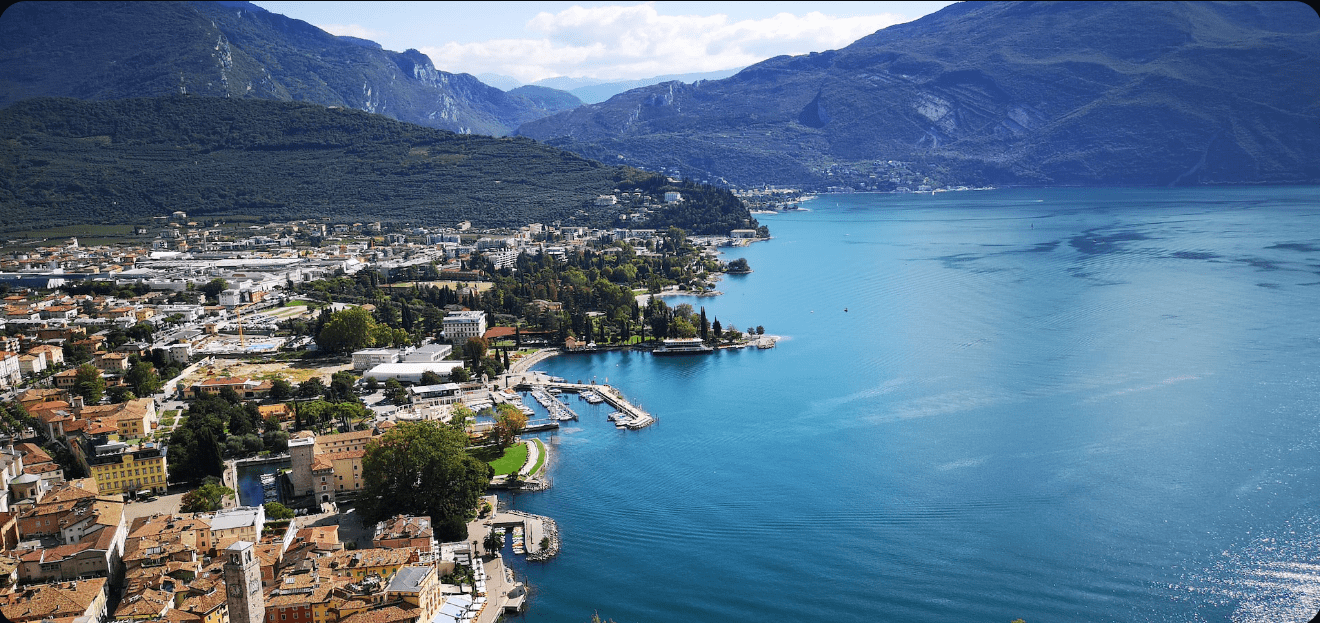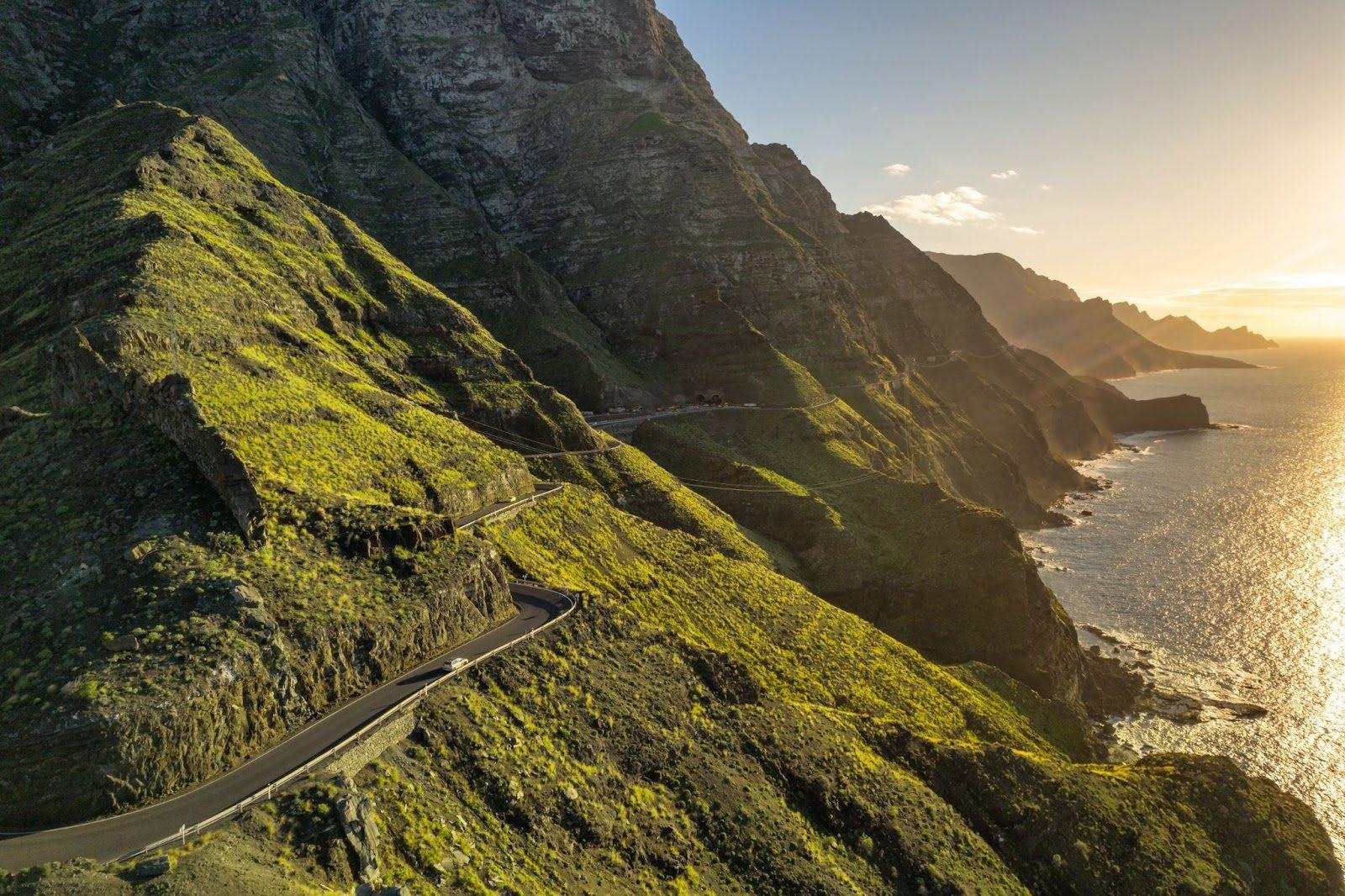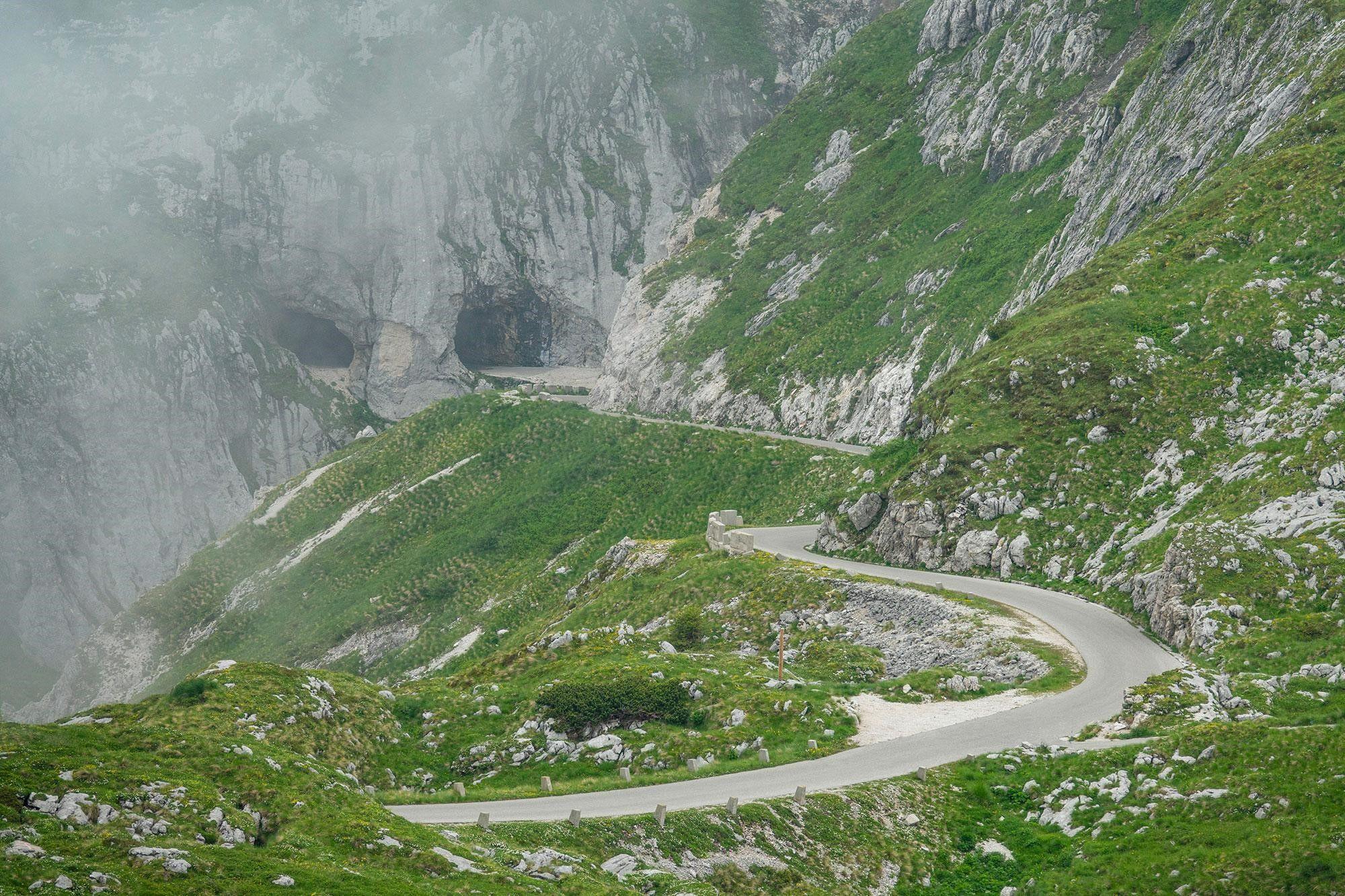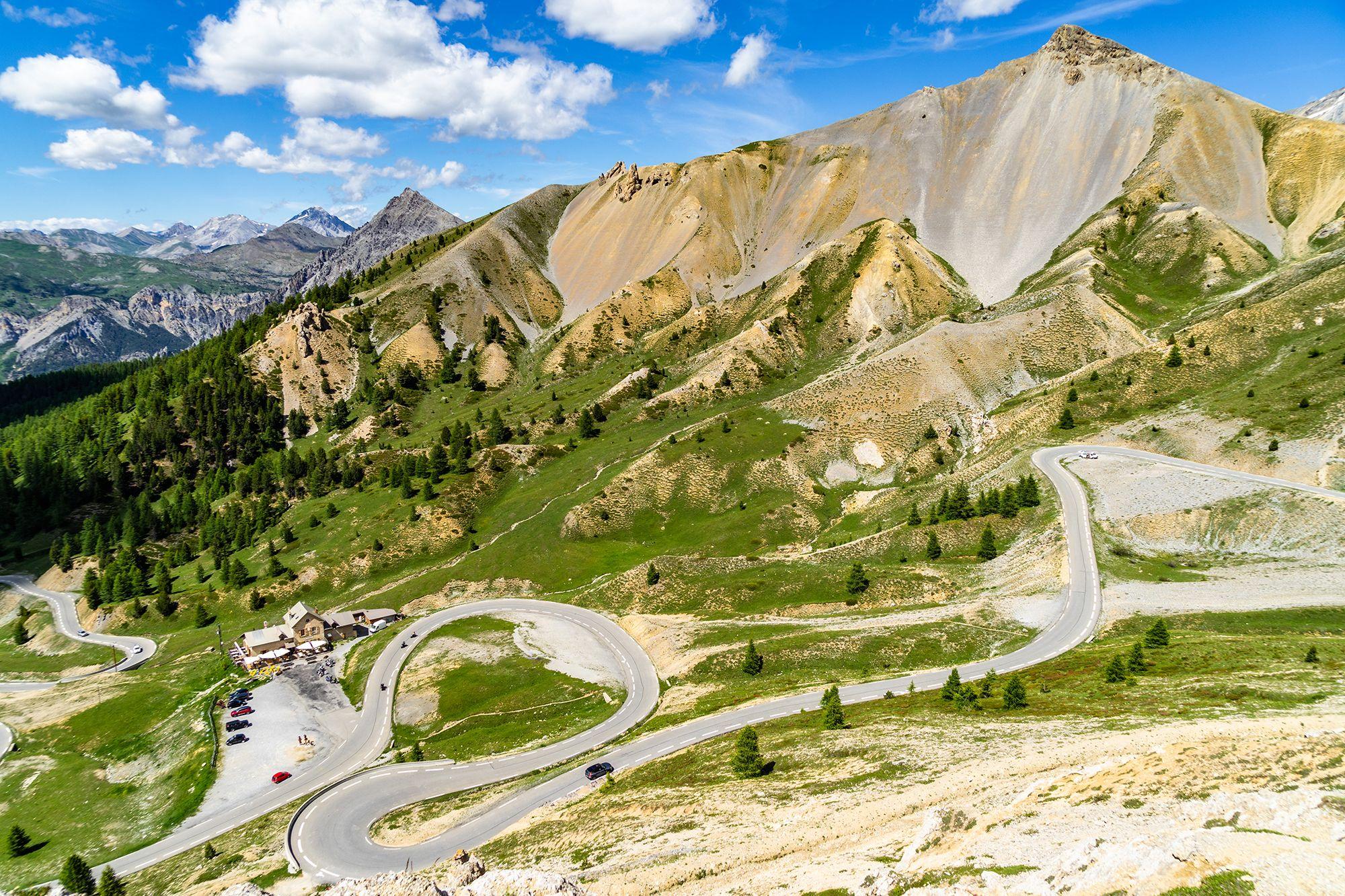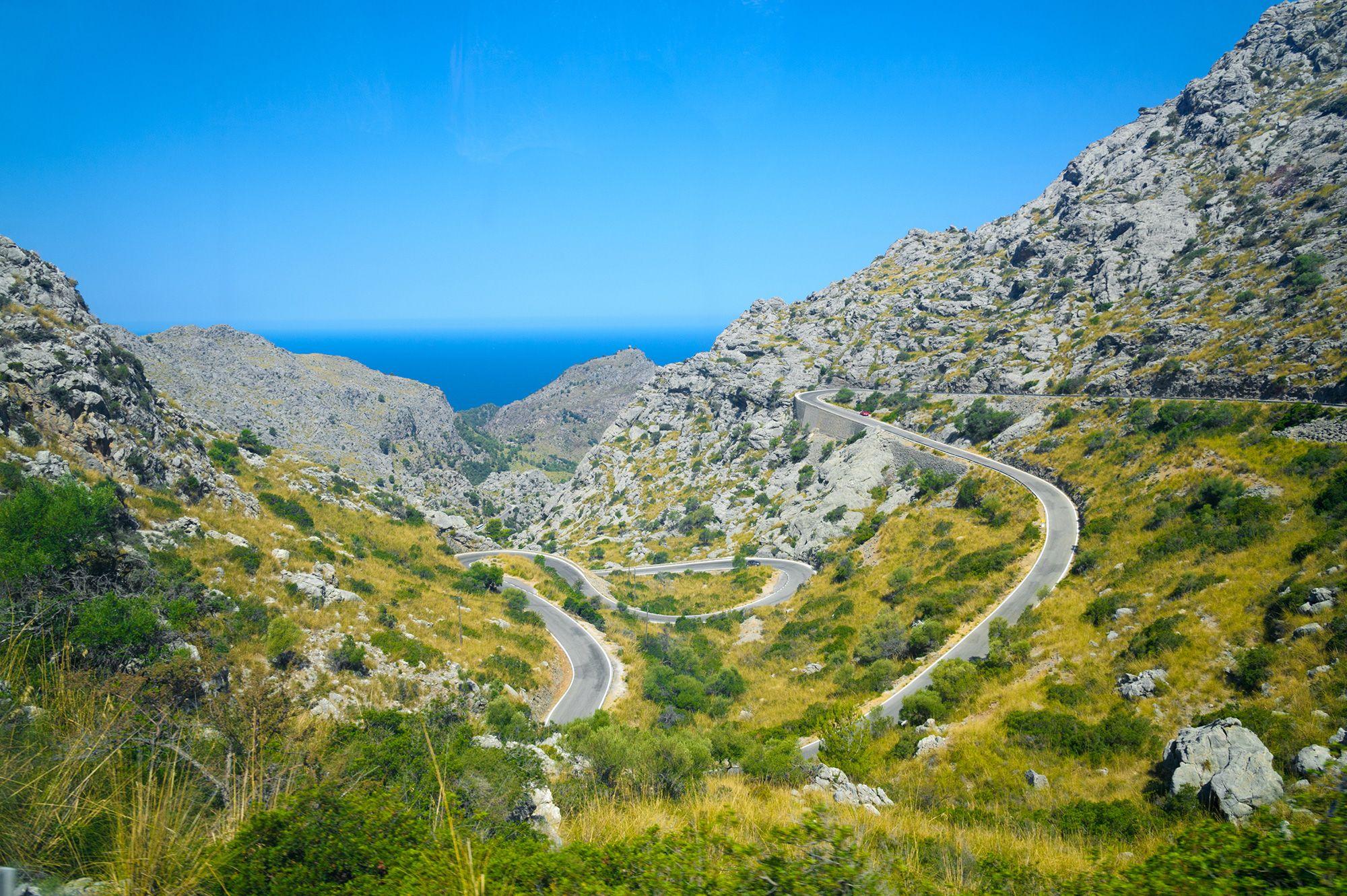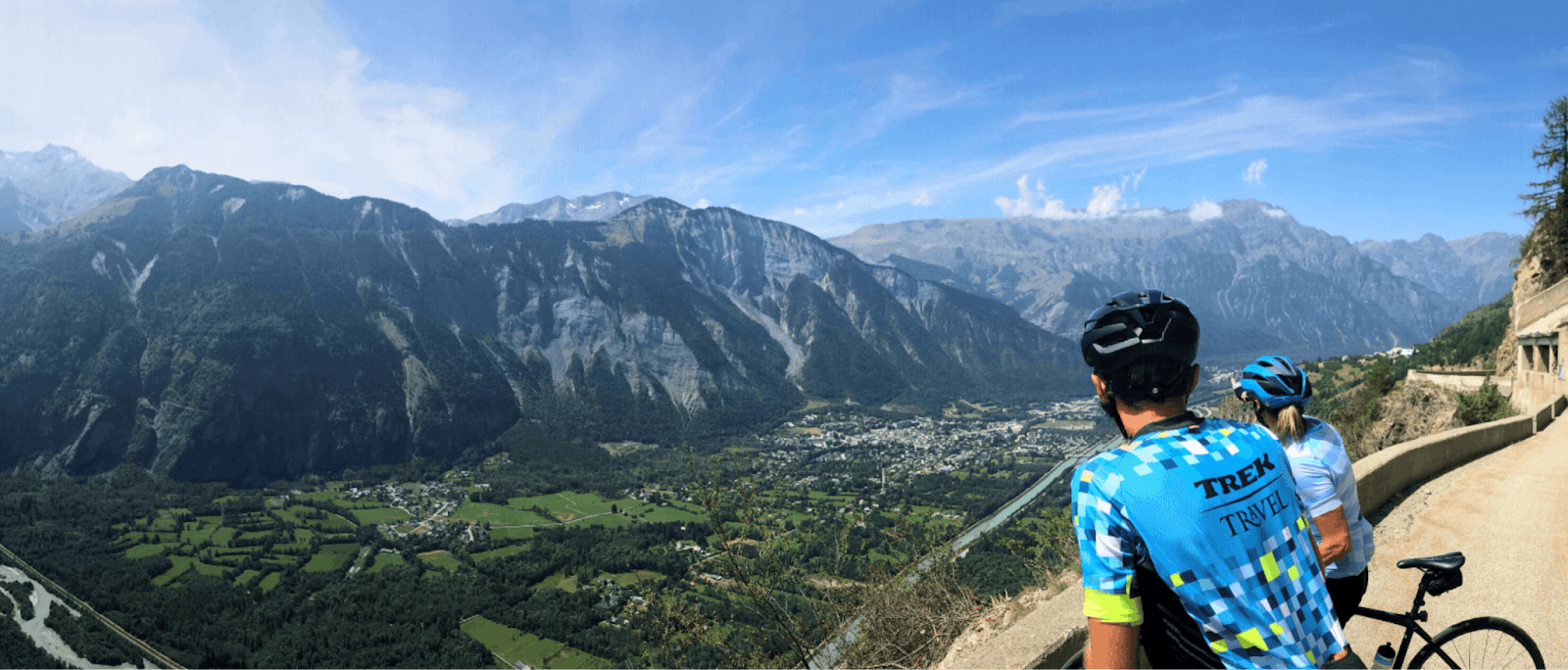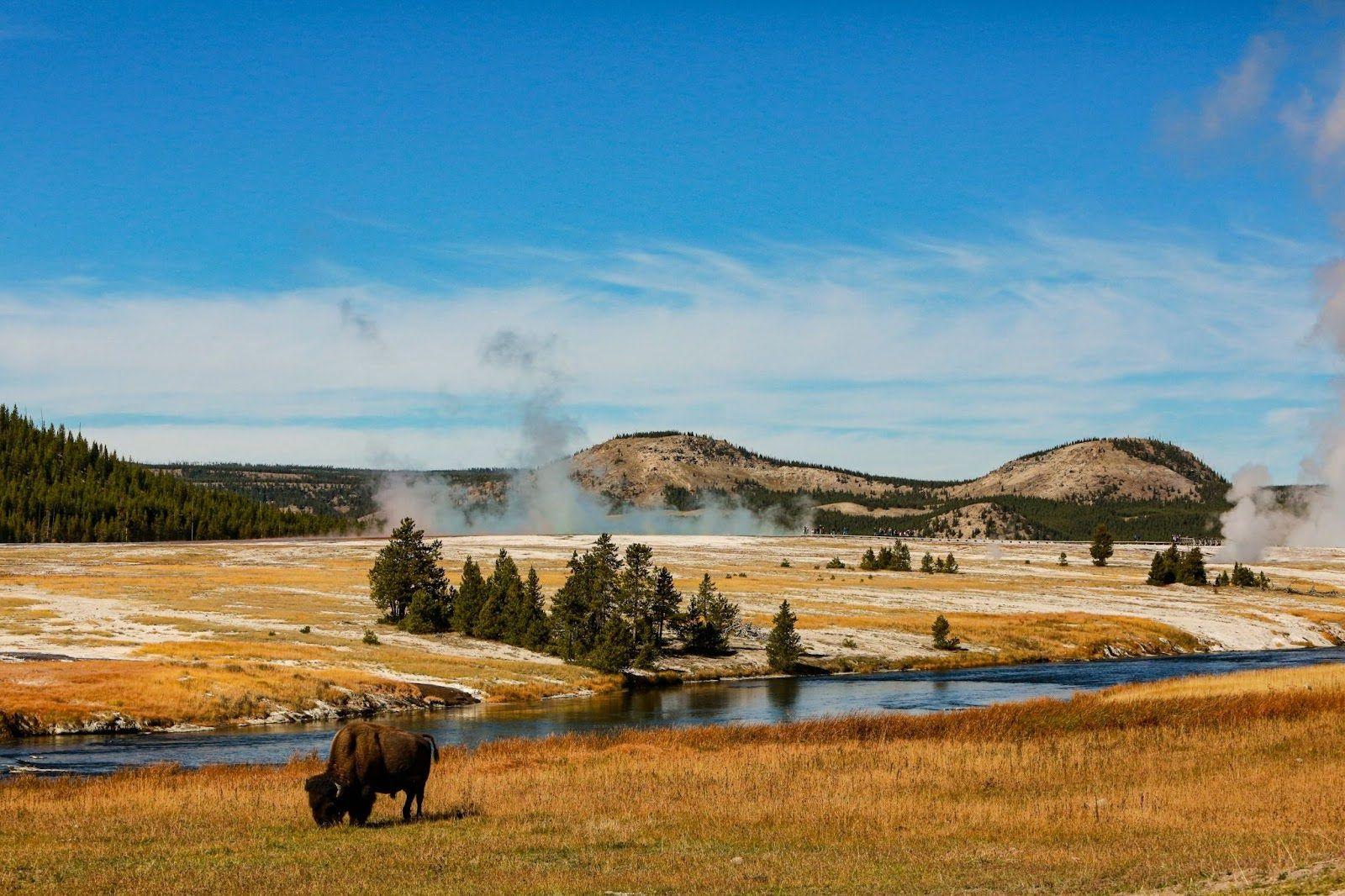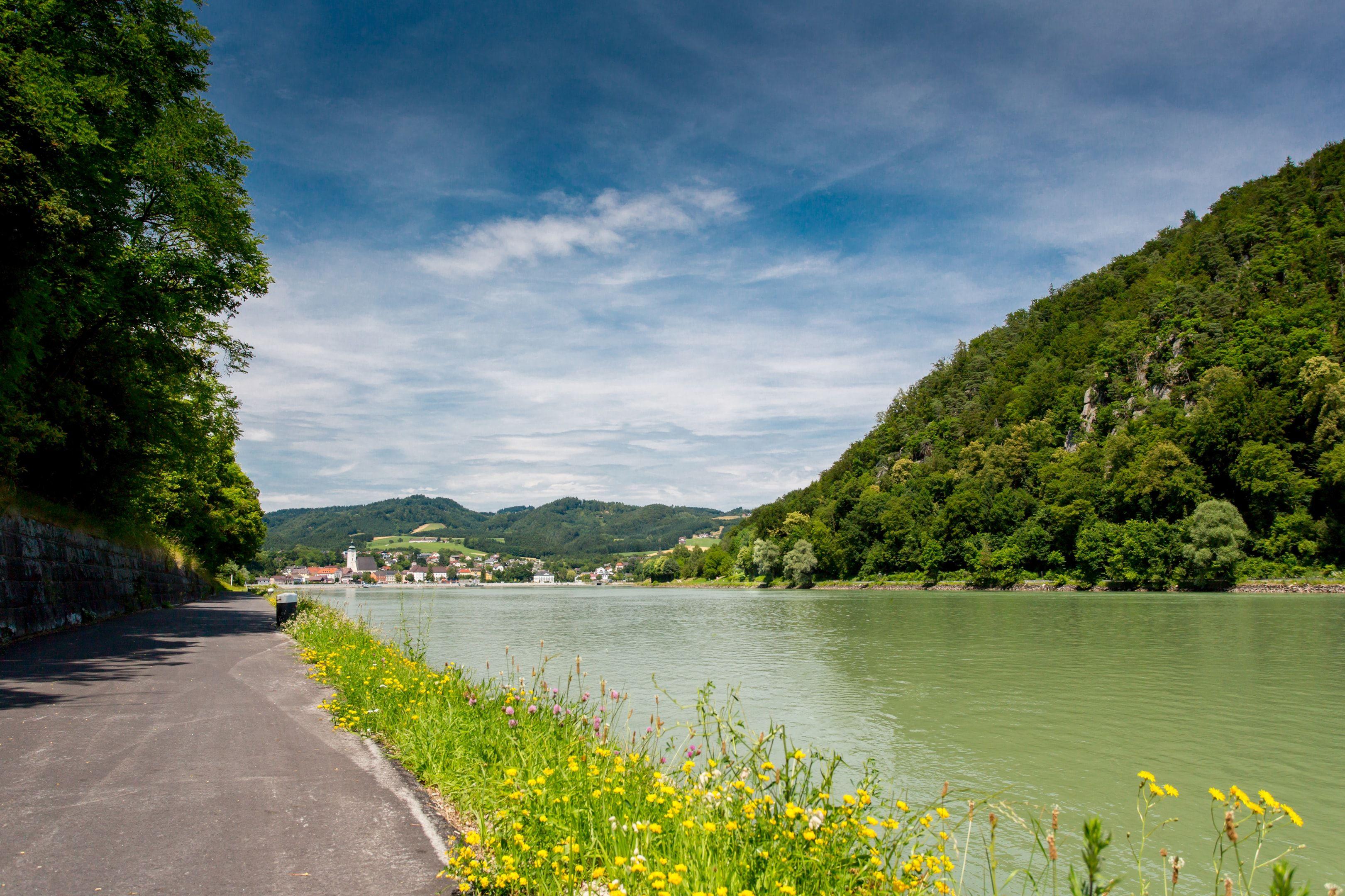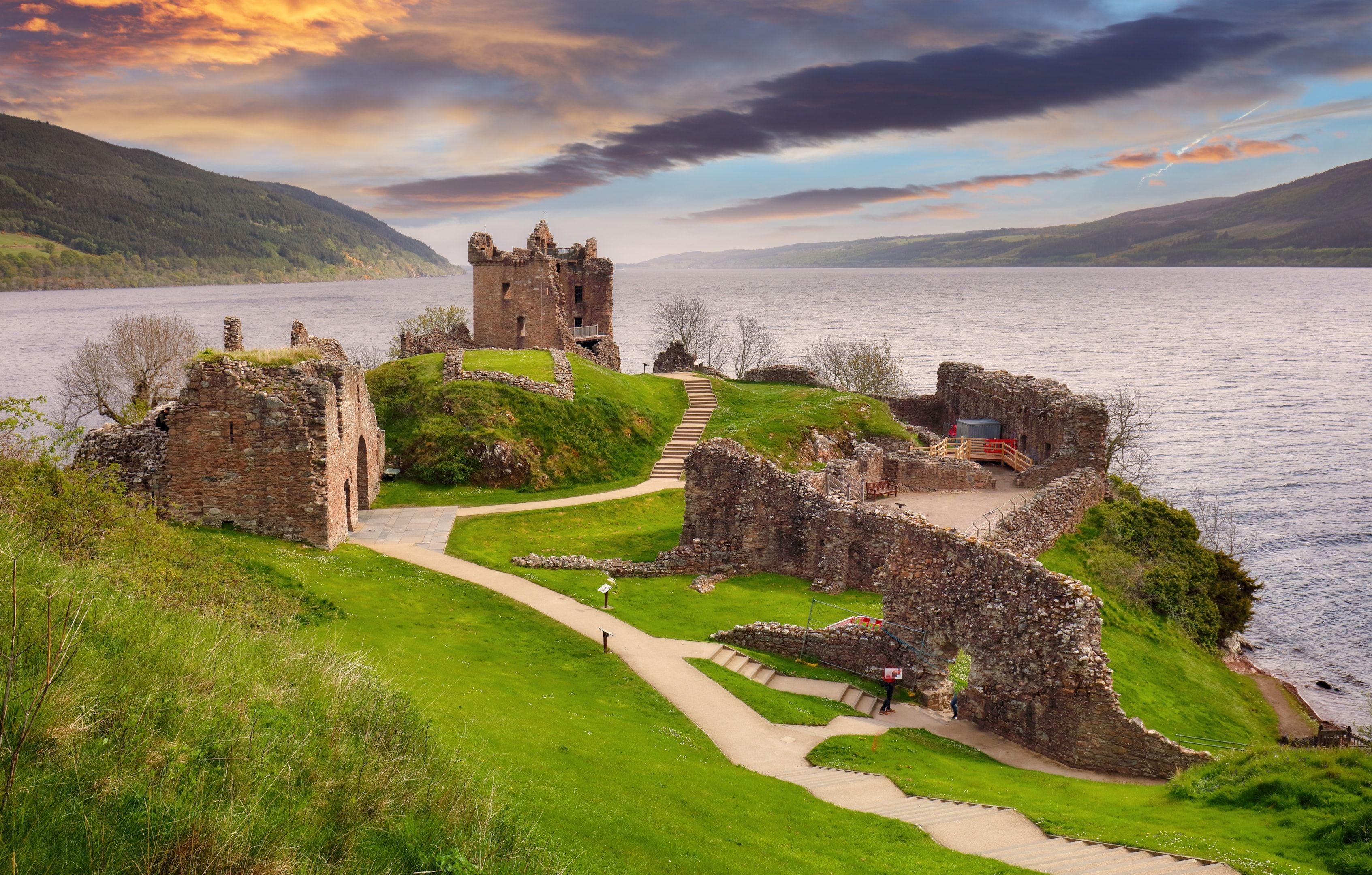
Iceland's landscapes are not just rugged and isolated; they are uniquely so, showcasing some of the wildest and most extreme terrains in Europe. As Europe's westernmost country, this island nation is home to Reykjavik, the world's northernmost capital, adding to its allure. The unique features of Iceland's landscapes, from its ruggedness to its isolation, make it a must-visit for any adventure seeker.
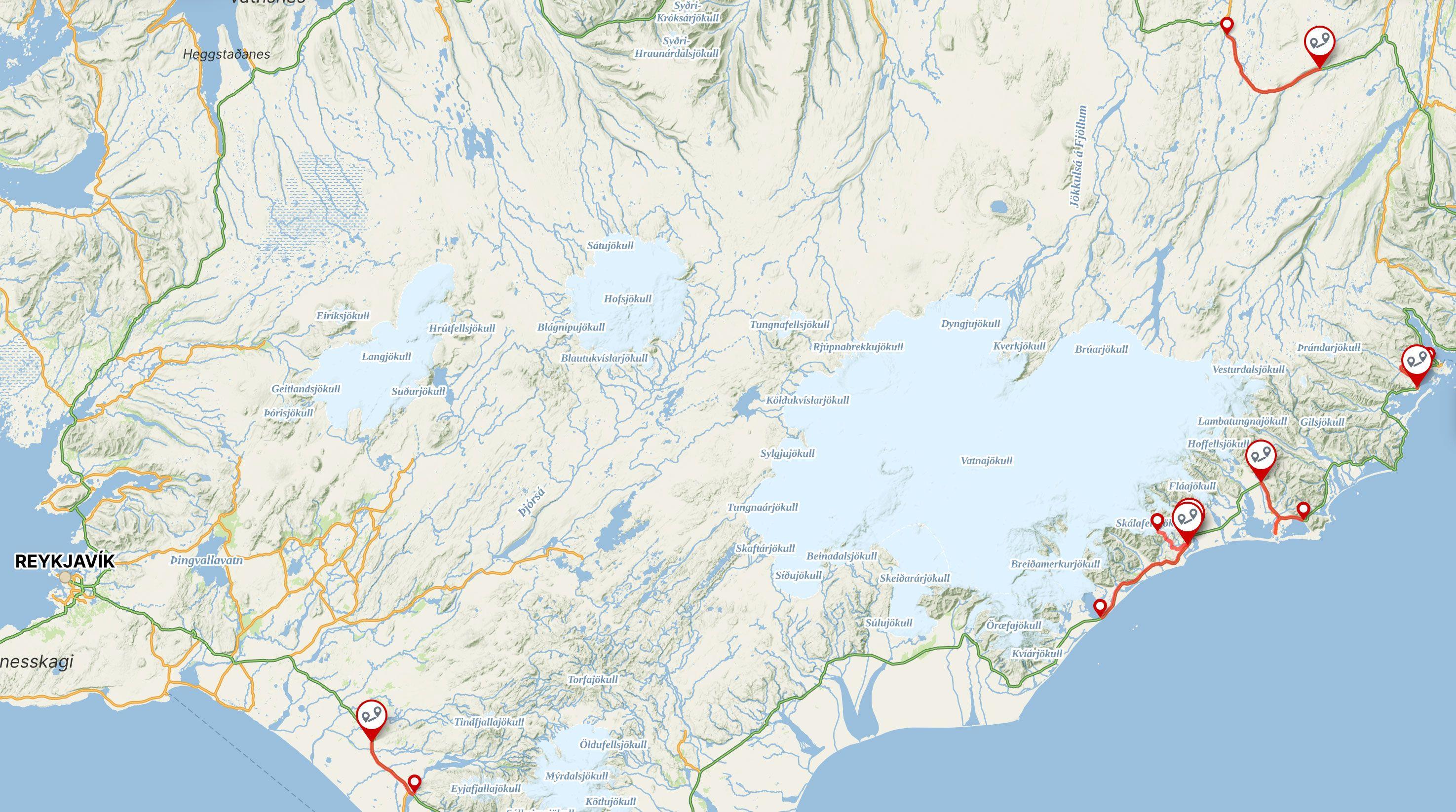
Iceland's inhabitants describe volcanoes as majestic and integral to their life and environment. They often speak of their beauty and power, seeing them as vital elements of the island's dramatic landscape. While eruptions can be disruptive, they are accustomed to living with this natural volatility, respecting the volcanoes' ability to shape the land and provide geothermal energy. There's a sense of resilience and anticipation as eruptions are expected but remain unpredictable, making volcanoes a constant, awe-inspiring presence in daily life.
Exploring during the summer months, when the 24-hour midnight sun offers plenty of daylight, is the best time for one to take the roads less travelled and embark on the adventure of a lifetime. Let’s take a closer look at the various types of terrain you’ll encounter on your exciting ROUVY rides through this small island nation. Get ready to be inspired by the diversity of Iceland's landscapes!

Coastal Areas and Lowlands
The lowland areas and coast have smooth, velvety green mossy hills, black sand beaches, and stark and dramatic cliffs. Most of Iceland's population lives in small towns and farms along these coastal areas, which is where the national Ring Road Route 1 connects.
Volcanic Plateaus and Lava Fields
As you travel inland, the central part of the country features volcanic plateaus formed by previous eruptions. The terrain becomes more rough, showcasing vast expanses of lava fields often covered in moss. In this area, the roads tend to be gravel, contributing to the stark yet spectacular landscape that resembles a volcanic desert formed by magma movement along the Mid-Atlantic Ridge. This location makes it one of the most geologically active regions on Earth. Cycling through these volcanic plateaus and lava fields is an adventure that will boggle your mind.
Highland Wilderness
The Highlands, Iceland’s most remote and desolate region, offer the wildest and most extreme contrasts. You'll need to be adventurous enough to explore these highland routes, where you'll first need to climb a bit, even on gravel, and see vast, barren regions where snow-capped mountains contrasting with the black rock, rise in the distant landscape - desolate and unforgiving in their remoteness.
Glaciers and Waterfalls
Routes that pass near glaciers like Vatnajökull offer views of ice caps and glacial tongues stretching down into valleys. The melting snow feeds into countless waterfalls, which cascade over cliffs, creating waterfalls like Seljalandsfoss and Skógafoss, which become roaring giants in the summer months.
Fjords and Mountain Ranges
The eastern and western fjords have unique terrain, with steep mountain ranges plunging into narrow inlets. Here, you'll ride through the dramatic contrasts of fjord cliffs and tranquil waters. The roads along the fjords are often winding and narrow, providing stunning views at every turn.
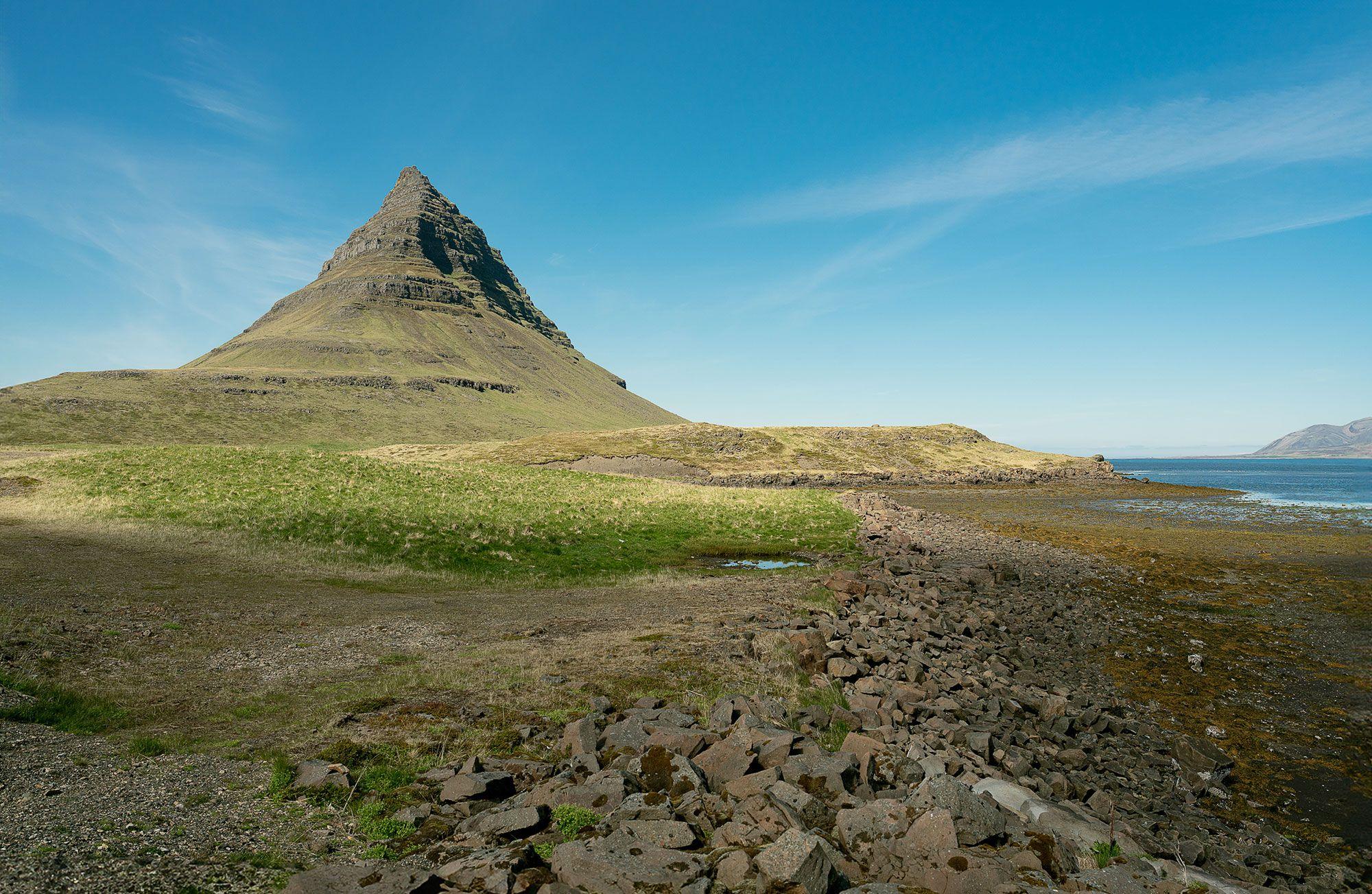
Geothermal Zones
Iceland's geothermal activity creates some of the most striking and unusual terrains. In areas like Mývatn, you can ride around the lake and see steaming hot springs and geysers in the distance and strange lava formations that are alive with geothermal energy.
